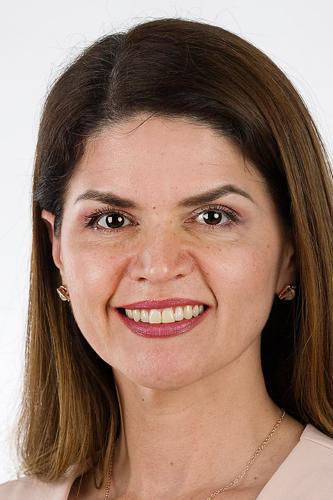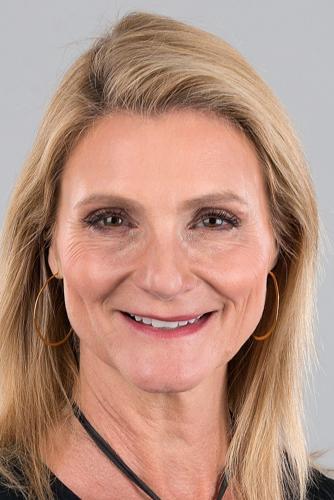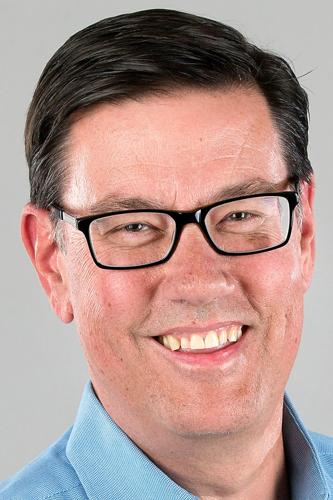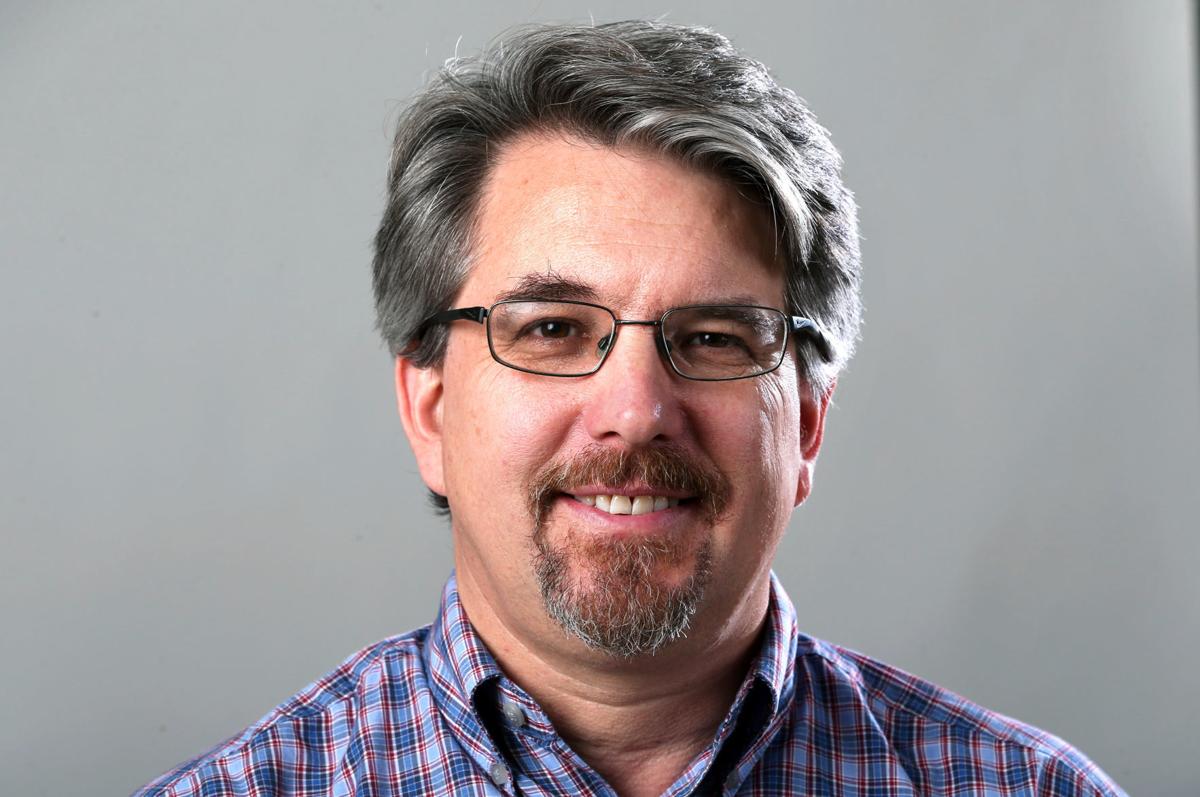The Star’s opinion editor tossed a big, floating softball of an opening question to the Democratic candidates for Tucson mayor when they met July 23 with our editorial board.
“What is the biggest obstacle facing Tucsonans right now, and what would you do as mayor to address it?,” Sarah Gassen asked the three Dems.
They all should have been able to smack this one over the fence. But the first batter up completely whiffed — or so I initially thought as I listened to a recording of the session in early August.
I was aghast when I heard Regina Romero say, “I believe sincerely that climate change is the biggest obstacle for our city and our state to move forward. I have a bold climate action plan that as mayor I want to enact immediately.”
Not roads. Not crime. Not jobs.
Climate.
And this was not a case of one-off jitters. On her website, Romero, a City Council member who works as director of Latino engagement for the Center for Biological Diversity, lists “Acting Boldly on Climate Change and Promoting Sustainability” as the top plank.
The other Democrats, Randi Dorman and Steve Farley, also have detailed plans for dealing with the increasingly searing atmosphere, but only Romero places it that high. That struck me as crazy, until last week.
Last weekend, we had just come off a really hot week, in which Tucson hit a record of 107 degrees on Aug. 14. Then, after a couple of slightly breathable days, we went back into the suffocating heat again last week, peaking with a record high of 110 degrees on Wednesday. I don’t have to tell you how miserable it was.
Phoenix set record highs of 114 degrees twice last week. The Arizona Republic reported Wednesday that there have been 33 record highs in Phoenix this decade, 20 more record highs than in any other decade since records became available in the 1890s.
During that same week, news bubbled out of Washington, D.C., via the Wall Street Journal, that the president is interested in buying Greenland, in part because the melting Arctic ice will provide access to minerals and trading routes. Then Tuesday, the stunning news of the week hit me at the dinner table, delivered by my daughter: The Amazon rainforest is ablaze.
On Wednesday — remember, a day of record heat in Tucson — I looked up the news, and it was a punch in the gut: “Fires are raging at a record rate in Brazil’s Amazon rainforest, and scientists warn that it could strike a devastating blow to the fight against climate change,” CNN reported.
The scientific concepts that make this so worrisome are not that complicated: The Amazon basin is a massive carbon sink, absorbing and storing atmospheric carbon dioxide while breathing out oxygen.
But, encouraged by Brazil’s right-wing nationalist president, farmers and cattle ranchers are slashing and burning the forest at accelerating rates. If enough of the forest is cut down, that will alter the climate of the region, turning the basin known as the “Earth’s lungs” into a dry savanna that produces more carbon than it absorbs.
In other words, the world region that is indispensable to limiting the warming of our climate could instead become part of the problem. The implications of that are simply staggering.
But we can’t expect our federal government to do anything about it. Far from working to reduce carbon dioxide emissions, our own right-wing nationalist president has worked to stifle climate science and boost not just the oil industry but also even to prop up the obsolete coal industry. In other words, Donald Trump clearcut the path toward a broiling Earth that Brazil’s Jair Bolsonaro is following.
Faced with this federal backtracking, lower-level government jurisdictions have gone their own ways. Democrat-controlled state governments have passed aggressive plans to reduce carbon emissions — such as New York’s plan to attain zero net greenhouse-gas emissions by 2050.
But we’re in Arizona, and while Gov. Doug Ducey has worked to preserve water supplies in what he describes as our “drier future,” he hasn’t pursued a comprehensive plan to fight and adapt to climate change.
Nationwide, cities are taking action, establishing networks to try to reduce their impacts and adapt to the era of a hotter earth. There’s the C40 Cities, a global group, and the 2030 Districts Network, of which Tucson is taking part, among others.
The Tucson 2030 District is an effort to reduce building energy use, water use and transportation emissions 50% by 2030 in a central Tucson area that largely surrounds the streetcar route.
For cities, climate plans tend to have two big aims: Reducing the local contribution of greenhouse gases to the atmosphere, and building resilience in the local community for a different climate to come.
This is not a new concept: Tucson established a climate-change committee in 2011 that commissioned a 360-page report that basically went nowhere.
David Schaller, a retired Environmental Protection Agency employee who authored the report, told me Friday that beyond the specific policy recommendations, a key is for the city to assign an employee to coordinate, carry out and be accountable for progress.
The idea that we need action is indisputable. Data assembled earlier this year by Climate Central found that Tucson’s temperatures had increased third-most of 242 American cities studied in the last 48 years.
It’s also a regional problem: Las Vegas, El Paso and Phoenix were the other members of the cities with fastest-warming temperatures.
More action to prepare for the hotter future is likely if any of the Democratic candidates is elected mayor.
All three support new infill development that is more dense, more oriented toward public transit, and less emissions-producing, which can help a lot locally but just a little globally. They all support planting more trees, which is a simple way to cool urban areas.
Dorman’s platform lists 15 ideas, including expanding the city’s Healthy Homes program to allow for renovations of the low-income residents’ homes to make them more energy efficient. She doesn’t emphasize climate change the way Romero does, though, arguing that accelerating Tucson’s economy is the key to paying for all our other priorities.
Farley favors switching all Sun Tran buses over to lower-emissions compressed natural gas and extending the streetcar line — his signature topic. He also is calling for creating a climate resiliency plan for Tucson.
On emissions, Romero proposes the same goal for Tucson that New York has adopted — carbon emissions neutrality by 2050. She also wants to convert all transit buses and the city fleet to electric by 2032. And she proposes planting 1 million trees in Tucson by 2030.
Now, I doubt that most Tucson voters view these things as their top city priorities. To do anything good, be it planting trees or repaving roads, we have to have a decent economy producing jobs and tax revenue first.
But we’ve got to start this climate fight somewhere, and Brazil’s experience shows elections are crucial.
So maybe fighting and adapting to climate change really is a top priority, even in local elections in mid-size cities like Tucson.











